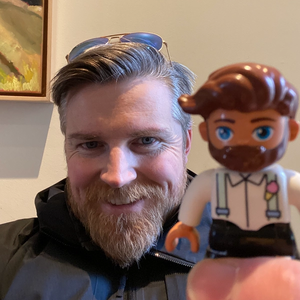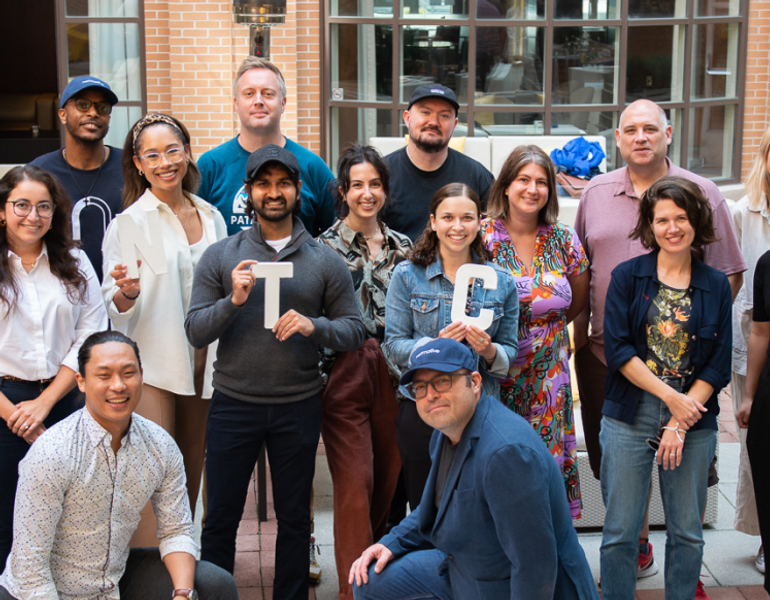Product-Market Fit: The Market Always Wins
The market always wins; don’t invest in high-cost features and refinements until you’ve got something customers can’t live without.
Test and Confirm Fast
“Do as little as possible” isn’t a phrase you often hear in business. The culture of business is much more likely to celebrate hard work, determination, and folks who “go that extra mile”. But if you were making dinner and found out the people you were serving were all vegetarians, would you just keep going and hope they have a change of heart? Developing a new business model is the same - it’s in a company’s best interest to do as little as possible in order to test and confirm fast, because no one likes waste.
This doesn’t mean the product is hopeless. Your vegetarians still want to eat. No one gets it right the first time. The goal is to make and recognize your mistakes as fast as possible in order to learn from them. Forget fail fast, you need to pivot fast.
You might really have the coolest idea, groundbreaking new technology, and the smartest team ever assembled. Absolutely none of that guarantees people will actually pay for your product. If you’re solving a problem no one has, you have no business. If the problem isn’t significant enough to justify changing behaviour, it’s unlikely anyone will care. It doesn’t matter how many bells and whistles your product has if the central value proposition is off, because customers are smart, and eventually they will realize it’s something they can live without.
In the case of a startup, the “real job” is to find a market and satisfy a need. The early stages are a temporary state intended to search for a repeatable, scalable way to solve a problem. This demand driven thinking is essential because if you don’t find customers, you don’t have the resources to sustain a business.
Where It Starts to Go Wrong
It's not uncommon to see things going in the wrong direction at the very earliest stages of product development for reasons like:
- Assuming “I know what the customer wants”
- Assuming “I know what features to build”
- Focusing on launch date
- Focusing on executing my vision, and not iterating based on the customer
- Scaling prematurely - because of course my idea is going to be a hit!
In fact, there are a number of really common mistakes like letting the available features drive the experience, as opposed to thinking deeply about what needs are being served. Or focus on “shipping the feature” because that’s what is built into the strategic planning processes, not on making sure the product can deliver the right thing for the right people. Some focus on executing to a plan and following the committed budget instead of iterating based on what they learn. Some will even move forward with scaling prematurely because of commitments to investors, locking into a path they may not want to pursue.
The Market Focused Difference
In contrast, market focused companies have a very different mindset around how the world works. They don’t assume they know what the customer wants. They go through a systematic process to establish a hypothesis around what the customer wants, and they test and learn to confirm or refute that hypothesis.
They don’t assume they know what features to build. They run experiments to evaluate potential features, and they iterate upon them to maximize the value they can deliver. They don’t focus on a launch date. They know that establishing a formal launch date forces them to potentially commit to the wrong product.
And ultimately, if they don’t find traction, they know the right business decision is to stop developing, and refocus on the fundamental problem they are trying to solve.
Creating Customer Value
To put a finer point on it, if you can have an amazing product or solution that no one wants, the market wins. And even if you have a poorly designed product or feature that everyone wants, the market still wins. The key is to start with the need that is so critical to your customer’s existence that it must be served, then align it with your vision. Your sole focus at the earliest stages should be on creating customer value.
Startups create value through a process called customer development. It’s the unsung hero of the Lean Startup model, and the best-kept secret of the startup world. Customer development is a hypothesis-driven lean startup methodology used to define, test and validate the market opportunity for new products and services. It starts with a customer need and the smallest, most focused solution to that need that can be used to test and validate the bigger opportunity.
Sounds Simple, Right?
The main area of disconnect between companies and customers is often due to the fact that we believe we’re providing what they need, when in fact customers may attach little or no value to what we create. Customer development is a systematic framework to get at the heart of this problem – where we set a hypothesis around value, create clear experiments to generate evidence to support our vision, and choose to pursue the direction further or pivot as we aim to maximize the value we deliver.
It's completely focused on learning what need is worth solving, as opposed to being focused on the product.
Customer development is about shifting the question from “can we build it” to “is it needed”. When we use this approach, we know:
- Who our users are
- What problems and needs they have
- How they are behaving now
- What features they cannot live without
- How can we best present our offering in a way that customers will engage with, acquire, and use
It’s this methodology that helps create focus for the startup. If a hypothesis is wrong, we want to find out fast, before it costs us a lot of money to build. And this is why customer development goes hand in hand with product development. We want to minimize the resources we commit, investing just enough to get the evidence that a direction is worth continuing. If we ultimately find we need to pivot, we will have minimized the waste we’ve applied to the direction we’ve dropped.
The Market Always Wins
As Marc Andreesen says, the market needs to be fulfilled and the market will be fulfilled, by the first viable product that comes along. We know people have un-served needs, and our best opportunity to deliver greater value to them is through the customer development process.
The product doesn't need to be great; it just has to basically work. But the problem has to be important.




